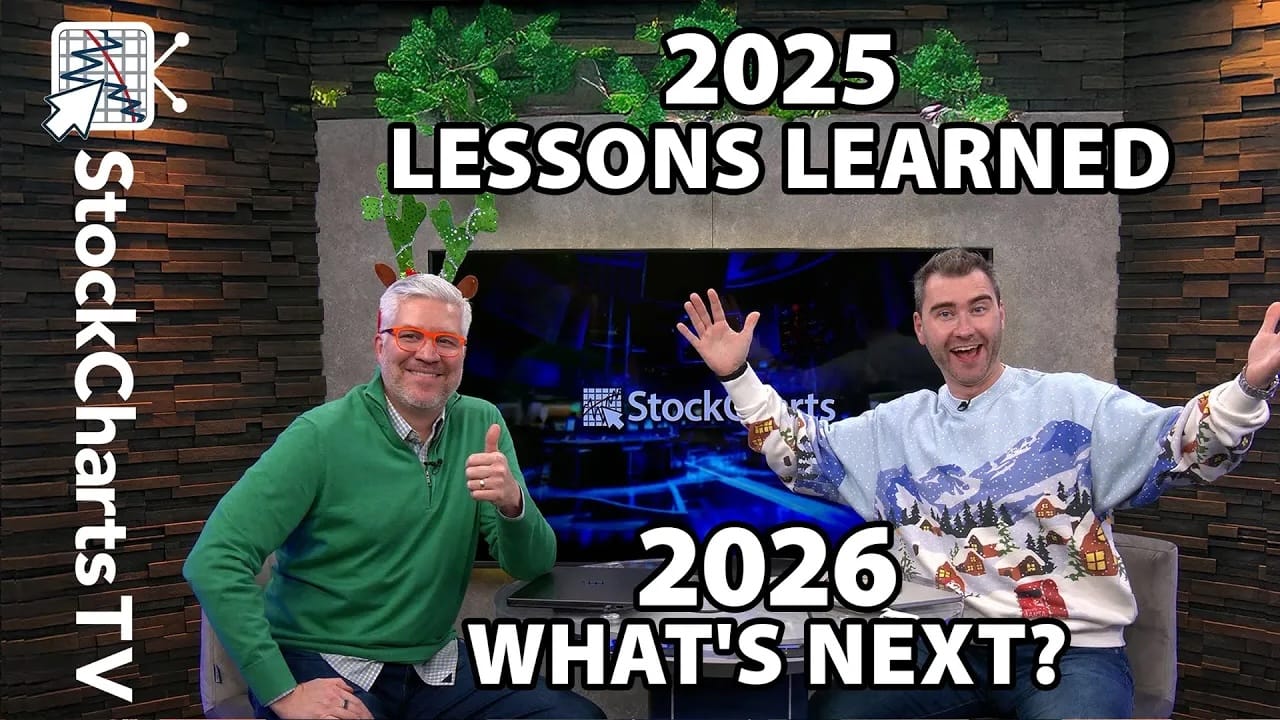Global Equity Market Roundup
- USA still leading the way on the upside.
- Russian and Mexican ETF’s break to the downside.
- EEM components offering a mixed picture.
- The two sides of Japan.
International Equities
With the US, German, Japanese, Indian, New Zealand, Pakistani and several other markets joining the US in new all-time high ground last week it’s a good time to review the technical position of some of the world’s key equity markets to see what’s attractive and what is not.
Chart 1 presents us with a dilemma in that regard because it shows the Bombay market ($BSE) having broken to the upside some time ago and reaching significant new all-time highs in the last few months. That’s in local currency terms of course, but the lower window of the Chart 1 features the iShares Indian ETF, the INP. This series is expressed in US dollars and sports a series of three peaks, each being lower than its predecessor. My point is that even though the components of the BSE and INP are slightly different, looking at markets in local currencies may make domestic investors feel happy, but for foreign investors, who have to deal with currency fluctuations, the picture can be substantially different.
That’s why, for comparative purposes, we need to adjust these markets to a common denominator, the US dollar. Fortunately such vehicles are available in the US as listed country and regional ETF’s.

Chart 1
The chart format for most of this article will take the form of what I call the “nirvana” template or style sheet. For this arrangement the chart is divided into four windows, the price, the RS (relative Strength) against the MSCI World ETF (ACWI) and two long-term KSTs, one for each series. I call it “nirvana” because it gives me pretty well all the long-term technical information needed in one style sheet. That reminds me, if you would like to save this arrangement as a style sheet simply click on the chart, give it a name and save it as one of your chart style sheets. Incidentally, you can read about the KST here.
Since the US is the largest market we will start our journey by applying our nirvana style sheet to the S&P 500 ($SPX). The one troubling aspect of the chart is the bearish long-term KST for the absolute price in the second panel. Remember this indicator tries to monitor the magnitude and duration of primary trends, so its slight weakness is a cause for concern. However, the chart clearly demonstrates that the trend remains an upward one and would remain so, as long as the price holds above the red trendline and last October’s low. Regardless of absolute price performance the S&P is definitely one of the places to be globally. That’s because the RS line recently broke above a resistance trendline and the KST for relative action, in the bottom panel, has started to re-accelerate to the upside. Thus whatever happens to the S&P it is likely to out-perform the world for some time to come.

Chart 2
When we turn to the rest of the world in the form of the MSCI Europe Australia Far East ETF (EFA), basically the rest of the world, a different picture appears. Upside momentum has definitely been ruptured, as evidenced by the dashed trendline violation and bearish long-term KST. The really big question is whether that head and shoulders pattern will be completed. Currently the near-term rally is intact, which could mean a test of the 200-day MA. However, the short-term KST is getting a tad overbought and is beginning to hesitate. That may argue for a test of the neckline early in the new year.

Chart 3
Europe (IEV) completed a small top a few weeks ago but remains above its major up trendline. That line represents tremendous support as does the dashed blue line and the October low, all of which lie in the $39-40 area. We could be more enthusiastic but for the fact that the RS line is in a clear-cut downtrend and both KSTs are bearish and can by no means be described as being oversold.

Chart 4
Turning to the Asia Ex Japan ETF (EPP) we see the price experiencing a whipsaw break to the upside last summer and it has now fallen to a major up trendline. Despite its name, this ETF does not include equities from China proper or India, as 98% of its components are from Australia (60%), Hong Kong (25%) and Singapore (12%). Since RS action is weak, except for Hong Kong, it seems likely that the absolute price will break support as well.

Chart 5
Principal emerging markets represented in the Emerging Markets ETF (EEM) are China (18%%), Korea (16%), Taiwan (12%) and Brazil (11%). S. Africa, India, Russia and Mexico each represent between 5-6% of the total. The ETF itself has recently been sandwiched between two converging trendlines. Both KSTs are in a bullish mode, which is encouraging. However, the false upside breakout that took place in the summer has us concerned. That’s because such action often sucks in the unwary and is typically followed by an above average move to the downside. If that breakout high is taken out that would signal the all-clear. In the meantime the price is in the process of challenging the red support trendline, which if violated would mean that it was joining its RS counterpart in a clear-cut down trendline.

Chart 6
The Canadian ETF (EWC) has violated an important up trendline but its absolute KST has managed to remain in a bullish mode. However, the sharp drop by the RS line to a new low, despite positive relative momentum, is a definite worry. The make or break point appears to be $27.50 since that would complete the potential 2013-14 head and shoulders top.

Chart 7
A review of some of the key components in Charts 8 and 9 throws up a further dilemma. That’s because some markets look potentially positive, while others have begun to break down. Upside leaders are China, India and Taiwan, but the first two lie just below important resistance. On the other hand, the ETF’s for Mexico and Russia have just broken below key trendlines. In the middle are South Korea and Brazil, which are currently resting on key support lines. We definitely get the impression of a mixed bag, not unlike the ranging action of the ETF itself. China and India are probably the markets that should be closely monitored. If they break to the upside some of the others would likely follow. On the other hand, if the FXI and INP back off from their current overbought short-term conditions and Korea and Brazil join Mexico and Russia in breakdown territory, emerging markets in general could become an endangered species.

Chart 8

Chart 9
Finally, the Japanese ETF, the EWJ has been caught in a trading range for the last couple of years or so. The relative action has been in a downtrend for quite a while, though the relative KST has begun to stabilize. Unfortunately the KST monitoring the absolute price in the second window of Chart 10 is still bearish, all of which argues for caution.

Chart 10
A far better way to play Japan has been the WisdomTree Japan Hedged equity, the DXJ. This ETF eliminates the currency risk of a falling yen ETF. The price has succeeded in breaking out on both a relative and absolute basis. More to the point, its relative KST in the bottom of Chart 11 has just gone bullish. Even the absolute KST has started to rally again. Not a bad place to finish our global roundup.

Chart 11
Good luck and good charting,
Martin Pring
The views expressed in this article are those of the author and do not necessarily reflect the position or opinion of Pring Turner Capital Group or its affiliates.











